💪 Support independent web, support us:
If you have done the things to do in France, you’d know there are quite a few of them here in Verdun.
Nestled in the heart of France, Verdun is a treasure trove of history, culture and natural beauty.
From exploring the iconic battlefields to meandering through charming villages, there is no shortage of exciting things to do in this enchanting destination.
So, fasten your seatbelts and get ready for an enthralling ride in one of France’s most captivating wonders.
Without further ado listed below are some of the most fun things to do in Verdun:
1. Douaumont Ossuary
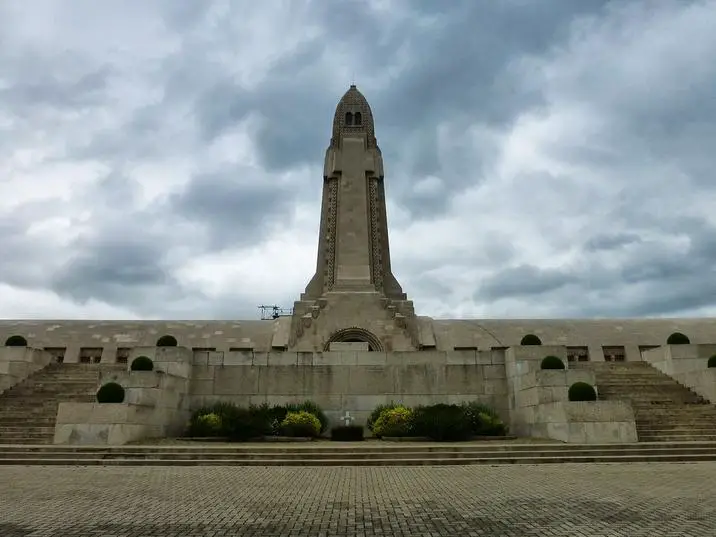
A memorial and final resting place for the unidentified bones of soldiers who died in the Battle of Verdun during World War I.
What to see or do: Walk through the ossuary and view the bones of over 130,000 unknown soldiers who perished in the battle. Explore the exhibits that showcase the history of the battle and the impact it had on the world.
Don’t miss: The panoramic view from the top of the ossuary, which offers sweeping vistas of the surrounding hills and countryside.
Insider travel tips: Arrive early in the morning or later in the afternoon to avoid the crowds. The ossuary can be a somber experience, so be respectful and mindful of the significance of this historic site.
2. Fort Vaux
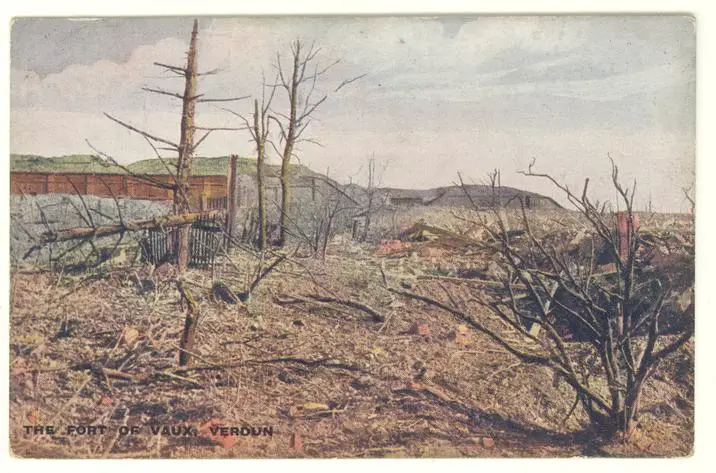
Fort Vaux is one of the many forts surrounding the city of Verdun, France. It played a significant role in the Battle of Verdun during World War I.
What to see or do: Visitors can explore the underground tunnels and rooms of the fort to get a sense of what life was like for the soldiers who fought there.
There are also displays of weapons and other military artifacts.
Don’t miss: The chance to climb to the top of the fort and enjoy the view of the surrounding countryside.
Insider travel tips: Be sure to wear sturdy shoes as the tunnels can be slippery. It’s also a good idea to bring a flashlight to navigate the dark passageways.
Visiting early in the day can help avoid crowds.
3. Verdun Memorial
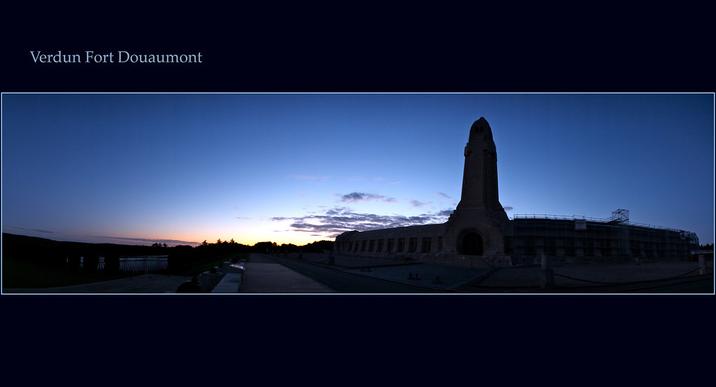
A memorial site and museum dedicated to the events of the Battle of Verdun during World War I.
What to see or do: Visitors can explore the extensive site that serves as a powerful reminder of the horrific events that took place during the battle.
The site features a museum that houses a large collection of artifacts, including weapons, uniforms, and personal belongings, as well as interactive exhibits that provide insight into the daily life of soldiers during the war.
Visitors can also walk through the impressive Ossuary, which contains the remains of over 100,000 unidentified soldiers.
Don’t miss: The Douaumont Fort, one of the largest and most well-preserved forts of the Verdun battlefield.
Insider travel tips: Make sure to give yourself plenty of time to explore the site and consider hiring a guide to provide context and insight into the historical events.
Visitors should also wear comfortable shoes and bring water as there is a lot of walking involved.
4. Fort Douaumont
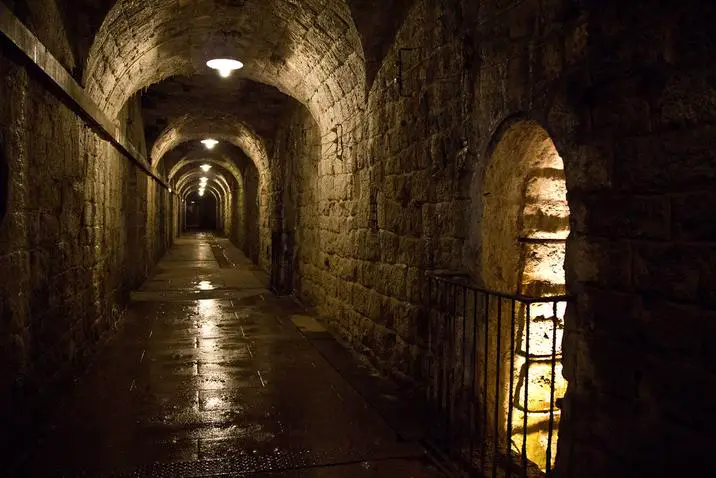
Fort Douaumont is a historic fortification located in Verdun, France.
It was built between 1885 and 1910 and played a significant role in the Battle of Verdun during World War I.
What to see or do: Visitors can explore the fort and its underground tunnels, which were used by soldiers during the war. There are also a number of exhibits and displays showcasing the history of the fort and the battle.
Don’t miss: Make sure to visit the memorial chapel, which honors the soldiers who lost their lives in the battle. The panoramic views from the top of the fort are also not to be missed.
Insider travel tips: It’s worth joining a guided tour to fully appreciate the history and importance of the fort. Wear comfortable shoes as the underground tunnels can be uneven and slippery.
Also, be aware that the fort can get quite crowded during peak tourist season.
5. Trench of Bayonets
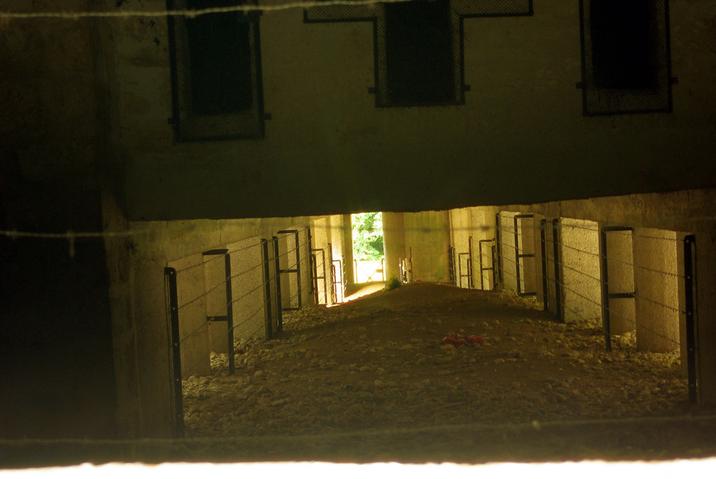
A unique and eerie WWI memorial site located in Verdun, France.
What to see or do: Visitors can see a ground level view of the Trench of Bayonets, which is comprised of 21 bayonets protruding from the ground.
The site also includes a monument honoring the French soldiers who died in the Battle of Verdun.
Don’t miss: Don’t miss the opportunity to reflect on the sacrifices made during WWI and the devastating impact it had on the soldiers and their families.
Insider travel tips: It is recommended to visit the site during daylight hours, as it can be difficult to see the Trench of Bayonets in the dark.
Additionally, wear comfortable shoes as the site can be uneven and rocky.
6. Fleury-devant-Douaumont Ossuary
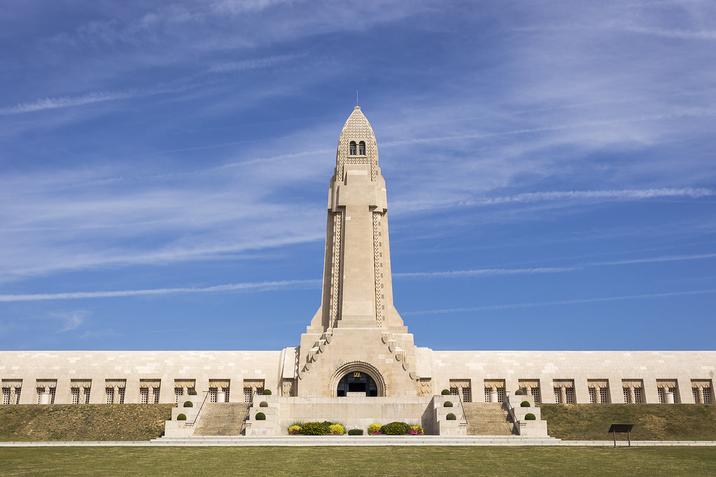
A memorial monument and burial site for the soldiers fallen in the Battle of Verdun during World War I.
What to see or do: Visitors can pay their respects to the French and German soldiers who lost their lives during the Battle of Verdun by viewing their bones and remains in the ossuary.
There is also a museum on site that provides further information on the battle and its impact.
Don’t miss: The panoramic views from the top of the ossuary, where visitors can see the surrounding landscape and remnants of the battlefield.
Insider travel tips: Visitors should be aware that the ossuary contains human remains, and it may be emotionally overwhelming. Photography is not allowed inside the memorial, and respectful attire should be worn.
It is also recommended to visit in the early morning or late afternoon to avoid crowds.
7. Citadelle souterraine de Verdun
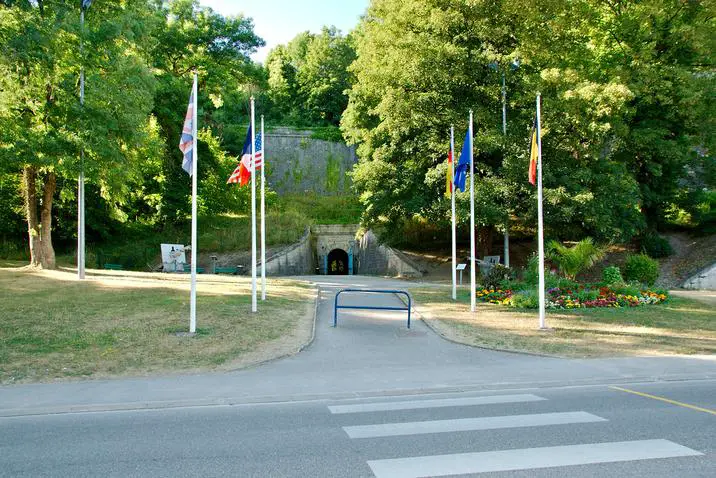
The Citadelle souterraine de Verdun is a massive underground fortress built during World War I, located in the town of Verdun, France.
What to see or do: Visitors can explore over 7 kilometers of subterranean tunnels and galleries, and see recreated period scenes, dioramas, and artifacts that tell the story of the battles that took place in the area during the war.
The tour also includes a visit to the battlefield and a memorial to the fallen soldiers.
Don’t miss: The highlights of the tour include the “Grand Bunker” (a command post built 25 meters underground), the “Caserne Rochambeau” (a barracks built to house 500 soldiers), and the “Poste de Commandement de la Cote 344” (a command post built into the side of a hill).
Insider travel tips: – Wear comfortable shoes. The tour involves a lot of walking and some steep staircases.
8. Cote 304
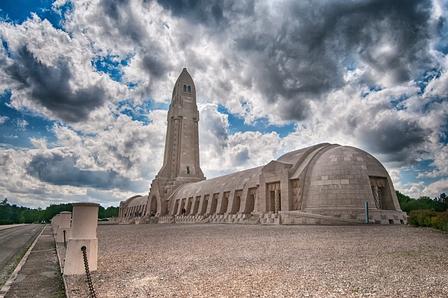
Cote 304 is a historic World War I site located in Verdun, France.
What to see or do: Visitors can explore the battlefield and see several preserved fortifications and trenches from the war. The site also features a memorial and cemetery honoring the soldiers who fought and died in the battle of Verdun.
Don’t miss: Make sure to visit the Douaumont Ossuary, which houses the remains of over 100,000 unidentified soldiers. The panoramic views from the top of the ossuary are also a must-see.
Insider travel tips: – Wear comfortable walking shoes and be prepared for a bit of hiking as the site covers a large area.
9. Fort de Souville
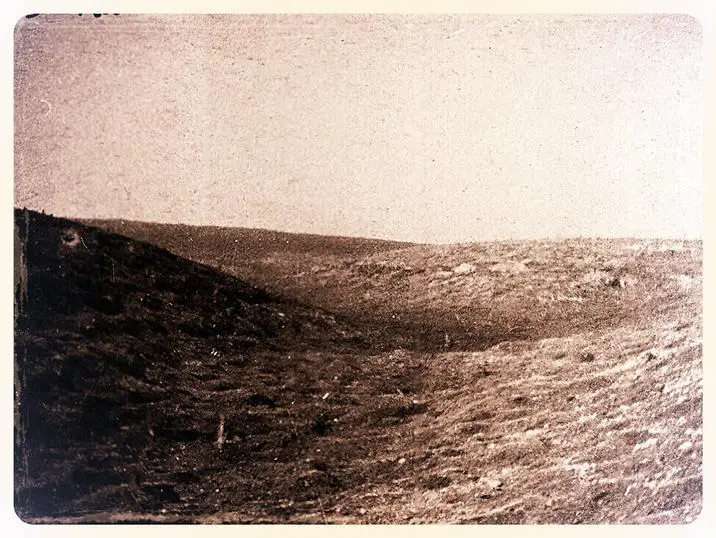
Fort de Souville is a historic fortification located in the French town of Verdun, built in 1875 and used during World War I.
What to see or do: Visitors can explore the fortification’s underground tunnels, barracks, and artillery rooms.
The site also features a museum with exhibits detailing the history of the fort and the role it played in World War I.
Don’t miss: The panoramic views of the surrounding countryside from the top of the fort are breathtaking.
Visitors can also see the remnants of damaged buildings and craters left behind from the intense fighting that took place during the war.
Insider travel tips: It’s best to wear comfortable shoes for exploring the fort, as there is a lot of walking and climbing involved. Visitors should also bring a jacket or sweater, as the underground tunnels can be chilly.
A guided tour is highly recommended to fully appreciate the historical significance and details of the fort.
10. Ouvrage de Thiaumont
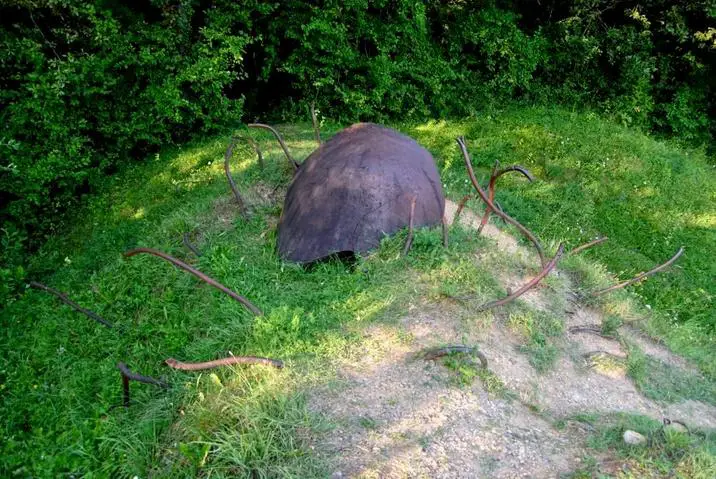
Ouvrage de Thiaumont is a fortified complex located in the vicinity of the town of Verdun, France.
What to see or do: Visitors to Ouvrage de Thiaumont can join a guided tour of the complex that includes an exploration of its barracks, artillery casemates, observation posts, and underground galleries.
Don’t miss: One of the highlights of a visit to Ouvrage de Thiaumont is the chance to observe the impressive collection of military artifacts, including weapons, uniforms, and equipment.
Insider travel tips: It’s important to note that the temperature inside the complex can be quite chilly, even in the summer months, so it’s recommended that travelers bring warm clothes.
Additionally, some areas of the complex may be difficult to navigate for visitors with mobility issues, so those with limitations are advised to plan accordingly.
11. Butte de Vauquois
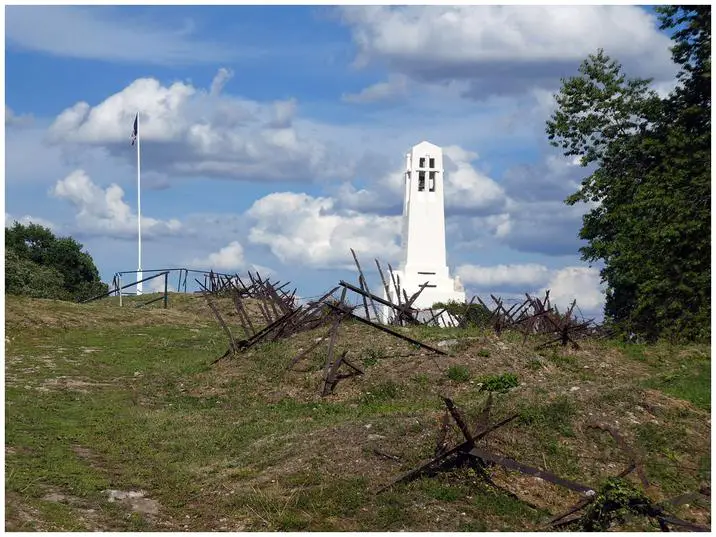
Butte de Vauquois is a hill and site of intense fighting during World War I, located near the town of Verdun in France.
What to see or do: Visitors can explore the extensive system of tunnels, trenches and craters dug by both German and French forces during the war.
There are also several memorials and cemeteries on the site.
Don’t miss: The entrance to the tunnels, which is located at the top of the hill and offers a stunning view of the surrounding landscape.
Insider travel tips: Wear comfortable shoes and be prepared for some steep climbs. It’s also a good idea to bring a flashlight or headlamp to explore the tunnels and underground chambers.
Admission is free, but guided tours are available for a small fee.
12. Tranchée des Baïonnettes
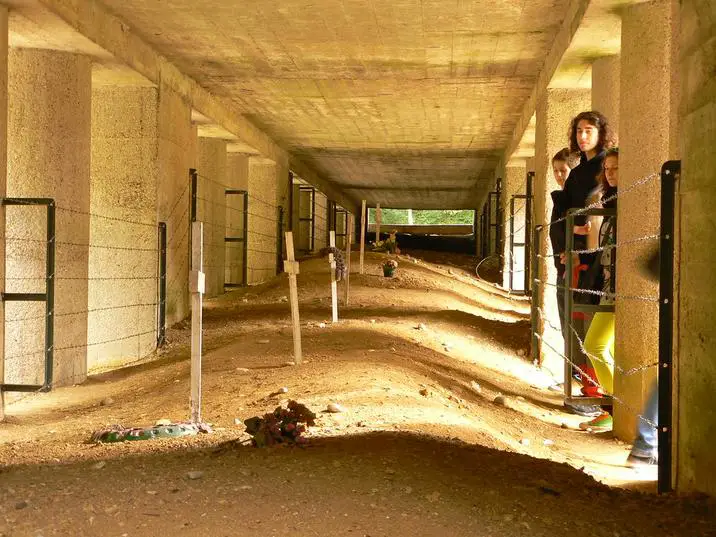
The Tranchée des Baïonnettes (Bayonets Trench) is a World War I memorial site located in Verdun, France.
What to see or do: At the site, you can see a small depression in the ground surrounded by trees.
This is where French soldiers were said to have been buried alive during a German bombardment, with their bayonets standing upright as the only visible sign of their presence.
Don’t miss: Be sure to stop by the nearby Ossuary of Douaumont, which holds the remains of over 130,000 soldiers from both sides of the Battle of Verdun.
Insider travel tips: Although the Tranchée des Baïonnettes is a somber site, it is worth visiting for its historical significance and emotional impact. Be aware that the area can be crowded with tourists, so plan accordingly.
Additionally, wear appropriate footwear as the ground can be uneven.
13. Museum of Princerie
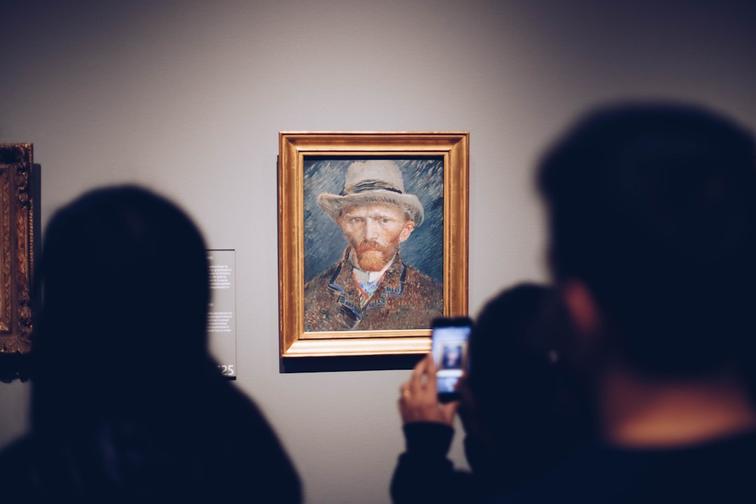
The Museum of Princerie is a historical museum located in the city of Verdun, France.
It showcases the history of the city and the surrounding area, with exhibits spanning from prehistoric times to the present day.
What to see or do: Visitors to the Museum of Princerie can explore a variety of exhibits, including archaeological artifacts, medieval weapons and armor, and exhibits on the first and second World War.
The museum also features a unique display on the Battle of Verdun, which occurred during World War I and was one of the most significant engagements of the war.
Don’t miss: Make sure to see the stunning views of the city from the museum’s terrace, which overlooks the rooftops and spires of Verdun.
The museum’s collection of medieval art and artifacts is also not to be missed, including illuminated manuscripts and intricately carved religious icons.
Insider travel tips: – Plan to spend at least two hours exploring the museum, as there is a lot to see and take in.
14. Monument de la Victoire
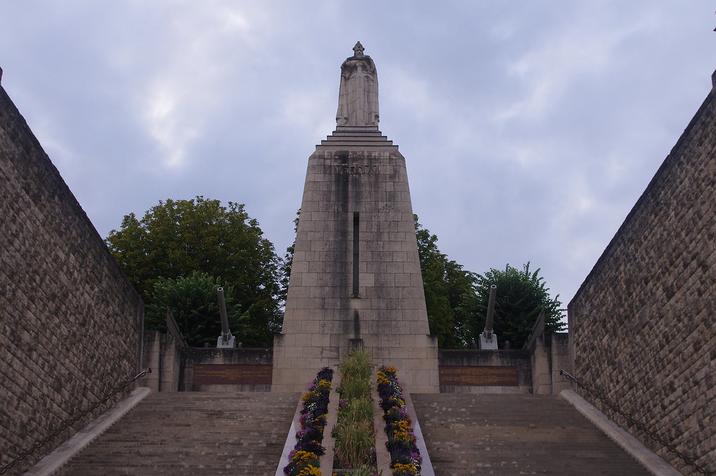
Monument de la Victoire is a majestic landmark in the city of Verdun, France, dedicated to the memory of the Battle of Verdun during World War I.
What to see or do: Visitors can climb up the tower of the monument to enjoy panoramic views of the city.
Inside the monument, there is a museum that showcases the history of the battle and the soldiers who fought in it.
Don’t miss: Don’t miss the opportunity to witness the eternal flame burning in memory of the soldiers who died during the battle.
Insider travel tips: It is recommended to visit the monument early in the day to avoid crowds, as well as to wear comfortable shoes as there are many stairs to climb.
Visitors can also purchase a combined ticket that includes entry to the Underground Citadel, a must-see attraction in Verdun.
15. Chapelle Sainte-Fine

A small chapel located in the town of Verdun, France that dates back to the 14th century.
What to see or do: Visitors can admire the unique architecture of the chapel, which includes a mix of Gothic and Romanesque styles. Inside, visitors can see several well-preserved frescoes that depict scenes from the life of Jesus Christ.
Don’t miss: The chapel’s main attraction is a statue of Saint Fine, the patron saint of prisoners. This statue is believed to have healing powers and attracts many visitors seeking its blessings.
Insider travel tips: The chapel is located on a hill and can be reached by a steep flight of stairs. Wear comfortable shoes and bring water with you.
The best time to visit is during the weekdays when the chapel is less crowded. Photography is not allowed inside the chapel.
💪 Support independent web, support us: